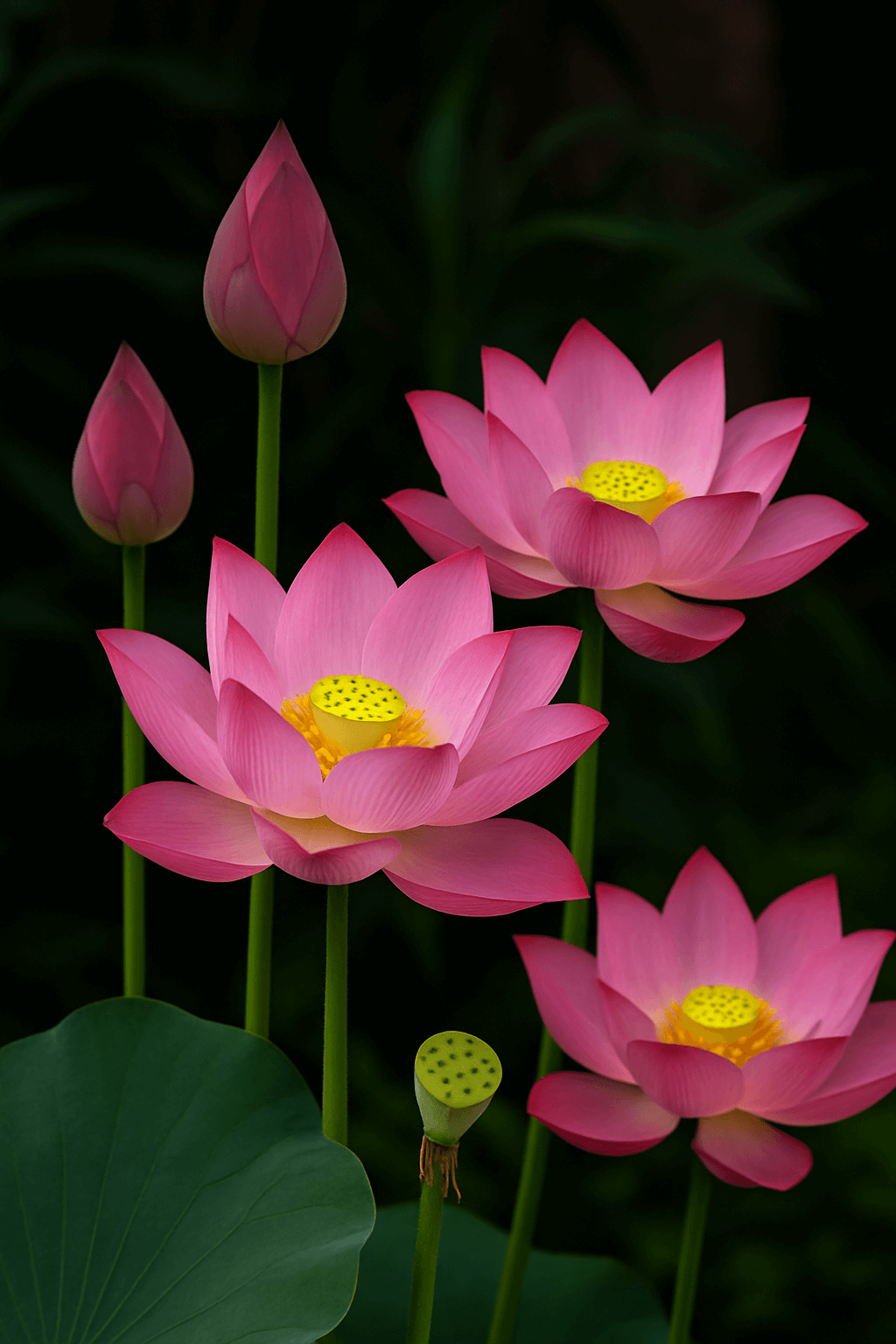
Queen of the Night – The Ultimate Symbol of Ephemeral Beauty
What comes to mind when you think of the Queen of the Night flower? Perhaps the idiom "a fleeting bloom"? Or a delicate white blossom unfurling in the stillness of night, filling the air with sweet fragrance? Scientifically known as Epiphyllum oxypetalum, this rare cactus species is both mysterious and romantic. It enchants all who witness its bloom. In this article, we will explore its origin, features, cultural significance, growing techniques, and why it continues to captivate hearts around the world.
Introduction Also known as "Queen of the Night" or "Dutchman's Pipe Cactus," Epiphyllum oxypetalum is a member of the cactus family, native to the tropical forests of Central and South America. Unlike most cacti, it has no spines. Its stems are flat and leaf-like, resembling trailing green ribbons.
Its most unique trait is its blooming pattern—it flowers only on certain summer nights and opens just once a year. Each bloom begins to open slowly around 9 p.m., reaches its peak by midnight, and wilts by dawn. To see it in full bloom is a rare and cherished experience.
Appearance and Fragrance The Queen of the Night bears large blossoms, 20–30 cm in diameter. Petals are layered in a dramatic, spiraled formation, shifting from reddish-brown outer sepals to thick, pure white inner petals. It resembles a bridal veil. When it blooms, the air fills with a soft, intoxicating scent—often compared to magnolia or jasmine.
Meaning of the Name The term "a fleeting bloom" draws inspiration from the Queen of the Night’s brief flowering. Compared to roses or lilies that last for days, its blossoms last only hours. This sense of fleeting beauty has inspired poets and artists for centuries, serving as a metaphor for short but unforgettable moments in life.
Cultural Symbolism In Buddhist texts, a mythological flower is said to bloom once every 3,000 years—a symbol of great auspiciousness. While Epiphyllum oxypetalum isn't that flower, its rarity makes it a modern parallel. In Asia, families host "flower-watching nights" when the plant is about to bloom. People gather with tea and cameras to witness the miracle.
In Chinese culture, the flower symbolizes fleeting beauty and the importance of seizing the moment. It's often seen in proposals, graduation gifts, or times of great change—honoring the idea that even brief moments can hold eternal meaning.
Cultivation Tips Queen of the Night is well-suited to humid, tropical climates like Hong Kong. It's surprisingly easy to grow:
-
Soil: Well-draining cactus mix with perlite or coarse sand
-
Light: Partial shade; avoid direct afternoon sun
-
Watering: Keep moist but never soggy; water once or twice weekly
-
Fertilizer: Apply phosphorus-rich fertilizer before blooming season
-
Temperature: Thrives best between 20–30°C (68–86°F)
Propagate via stem cuttings. Allow to callus for a day or two before planting. Roots form within 2–3 weeks.
Blooming Conditions To encourage flowering:
-
Wait for plant maturity (2+ years)
-
Ensure strong morning light
-
Prune after flowering to stimulate new growth
-
Maintain airflow to prevent fungal issues
Large, mature plants may bloom with multiple flowers at once—truly a breathtaking sight.
Global Culture From Taiwan to Japan to China, Queen of the Night has inspired festivals and traditions. Taiwan hosts a “Night Bloom Festival”; Japan holds “Moon Beauty Evenings.” Families and communities gather to await the bloom together.
Some platforms offer live-streaming of these rare events, alerting viewers when the flower begins to open.
In Literature and Poetry Ancient and modern poets alike use the Queen of the Night as a symbol: "A bloom so swift, its fragrance gone before the dawn." "She stirred the midnight air, a dream in fleeting white."
Often representing love, ambition, or philosophical reflections, the flower teaches that brevity doesn't lessen beauty—if anything, it enhances it.
Modern Applications Inspired by this bloom, modern designers create bouquets, perfumes, and home decor that mimic its elegance. Dried flowers are used in traditional medicine to ease cough and heat-related symptoms.
The Queen of the Night is beautiful because she doesn't wait for the world to be ready—she blooms on her own terms, once, gloriously, without apology. Her magic lies in her transience.
If you are lucky enough to own one, care for it well. When it chooses to bloom, be present. That night may be one of the most beautiful of your life.


